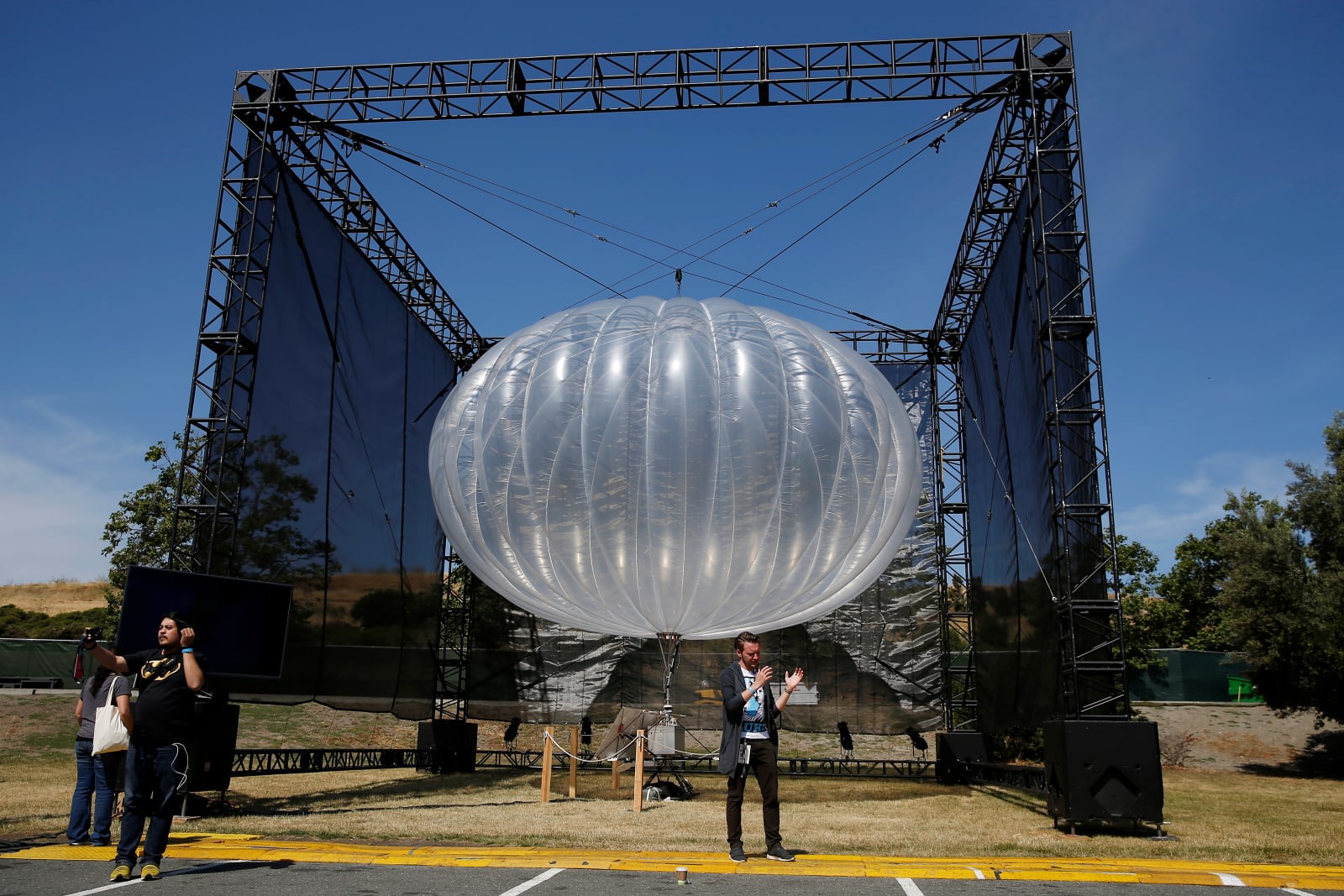When Google first introduced Project Loon, its internet balloons used static algorithms to change altitude and stay in position. While clever, they were limited — Google couldn’t do much to adapt to unexpected weather patterns, which are quite common tens of thousands of feet in the air. Flash forward to today, however, and it’s a different story. The Project Loon team has revealed that it’s using artificial intelligence technology (specifically, machine learning) to alter balloons’ behavior and keep them in position for much longer. One test balloon stayed in the Peruvian stratosphere for 98 days, adapting to tricky wind conditions that might have sent it drifting away.
As Wired notes, the algorithms now comb over large amounts of data and learn from it. In one case, the balloon temporarily floated over the Pacific Ocean to catch winds when it determined that there wouldn’t be enough gusts to stay over land. There’s even “reinforcement learning,” which has the balloon refining its behavior even after making predictions as to what will happen. All told, the Peru vehicle made just under 20,000 tweaks to its altitude over the course of those 14 weeks, or dozens per day.
The AI-based upgrade should not only keep balloons in place for longer, but help Google trim costs and expand its reach. It won’t have to use quite as many balloons to blanket an area with aerial internet access — it can either scale back the size of the fleet or spread out over a wider area. Either way, the progress is good news for people who may soon depend on Project Loon to get internet access that would otherwise be out of reach.







![[Exploring Good Lock ②] Unveiling the Most Popular Good Lock](https://loginby.com/itnews/wp-content/uploads/2025/04/Exploring-Good-Lock-②-Unveiling-the-Most-Popular-Good-Lock-100x75.gif)